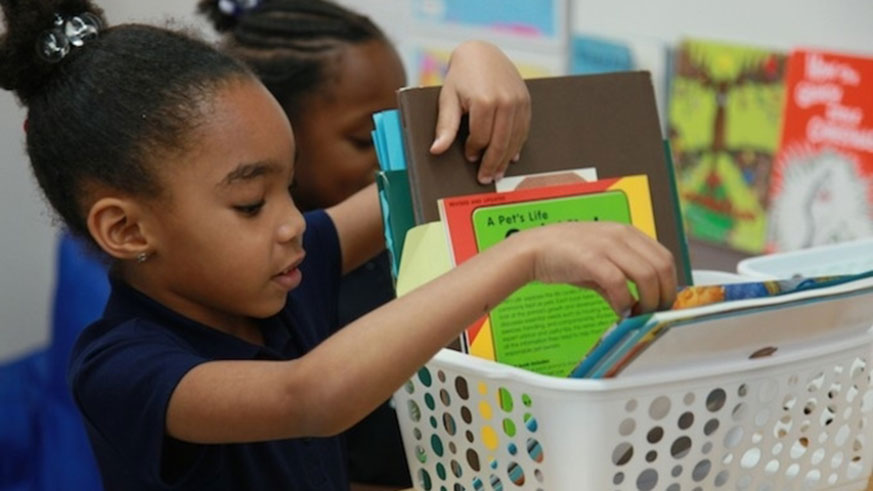

Raising readers starts with teaching them how to read. Reading is a receptive skill used to receive information. But the process of reading also requires the skill of speaking, so that one can pronounce the words that they read.
Learning to read is a skill and it requires hard work and loads of practice. However, once such skills are imparted to the little ones, they can turn out to be great readers, authors, eloquent speakers. But this how it starts:
Make reading fun. If the reading is boring, kids won’t enjoy it. Fun reading helps children hear language in new and diverse ways, gives them a sense of story, generates a bond between the reader and the child, aids a special memory association between reading and a happy experience, and crafts future readers and writers.
Give access to a variety of reading materials, from books to newspapers to magazines. Book baskets in every room. When watching television, enable closed captioning. Label items in your home, such as toy bins and dresser drawers.
Exposure to written words — labels, schedules, even closed captioning on the TV help you to increase exposure to print.
Provide access to writing materials. Writing and reading are two important and intertwined skills. Make sure your children have plenty of opportunity to write and draw. Provide easy access to a variety of paper, notebooks, journals, crayons, markers, pencils, and many more.
Allow your children to choose books. Let your child choose a number of books of their choice. You can help read aloud together with them as you explain what some words they aren’t familiar with mean.
Create conversations. When exposed to different conversations, kids learn how to use certain words in sentences and at specific times. Their vocabulary grows as they practice how to pronounce words and know their meanings.
Read aloud to your child. This shapes their vocabulary, background knowledge, reading eloquence, pronunciation and listening skills. Reading to the little ones should be consistent, it should be done every day. Even reading one page a day is better than reading none.
Show the pictures as you read. Pictures help a child understand and connect to the book, the illustrations often add wit and humorousness to fiction.
Ask questions about the book. This makes kids be creative and pay attention to the book as they have to respond to questions asked. Let your child critique the book.
Make space for silent reading every day. A calm environment allows kids to concentrate on what they are reading.
Be a reading role model. If a child sees your reading, they will develop a reading culture as they might want to imitate what you do.
Keep books everywhere. This gives kids a chance to read what they see. Put a book in their bags, bedrooms, and different areas in the house so that they can’t resist reading them.
Choose books of their interest. It is easy to get a child to read if the book is about their favourite subject. It can be about nature, painting, morals, and fun, among others.
Talk literature. Talk about favourite books, authors, stories, and genres with your kids and with others. Show your kids that you are interested in books and excited about their interest in books. Talking about literature will help create a rich literary culture within the family.
Make reading and writing a part of everyday activities. Read pamphlets in waiting rooms or, for the younger kids, read street signs while out and about.


